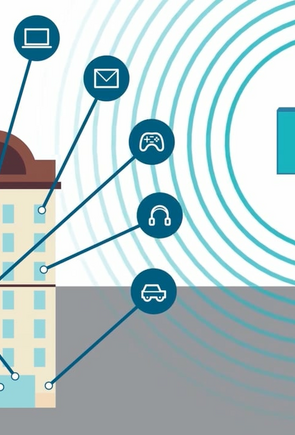The Small Cell Forum describes them as “low-power wireless access points that operate in licensed spectrum, are operator-managed and feature edge-based intelligence.” They clearly spell out the three types – from smallest (femtocells) to largest (metrocells & microcells).
The real buzz is around metrocells, which are urban cells that typically operate in the same licensed spectrum as the existing cellular network. The reason for increased interest in smaller cells lies in four main benefits:
- Increase in total network capacity in areas of spectrum shortage
- Lower cost of delivered payload (i.e. $/bit)
- Higher experienced end-user data rates
- Improved indoor coverage
It is important to remember that small cells are primarily deployed to build out cellular networks and capture more traffic, while providing relief for the macro layers of those networks. So, operators should first look into whether or not the networks are fully optimized and utilizing the entire available spectrum. They must understand the true nature of small cells, how they interact with the current network and how they serve to optimize it, in order to fully realize these benefits.
This knowledge will have a significant impact on operations, and could very well mean the difference between missed opportunities and potentially huge gains. When analyzing small cells deployment, three core conditions for success become apparent.
Improving the ROI of Small Cells through Planning






